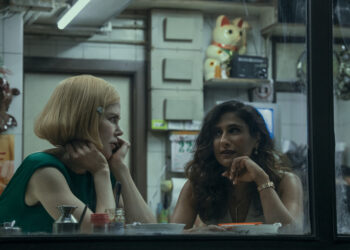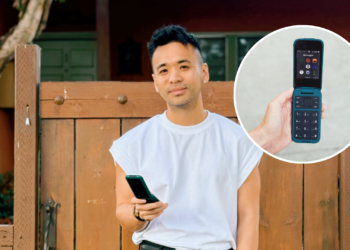Three days a week, Edward Wan, of Bethesda, Maryland, steals away to a ballroom dance studio so he can glide across the floor in the company of older Chinese immigrants like him. The hobby, he says, is an essential part of his life. It’s how he’s staved off loneliness, and even found love again after his wife’s death, said Wan, who’s newly engaged to his dance partner Ruth Lee.
Wan, 78, is one of the countless Asian immigrants who’ve regarded ballroom dance as a sort of creative sanctuary, but are now shaken by the two shootings incidents, one of them deadly, that shook California dance halls on Saturday.
Law enforcement has struggled to identify a motive. But the suspect, Huu Can Tran, 72, who killed 11 in Monterey Park, was a member of the ballroom community, where many in the heavily Asian American area found joy. Former friends told NBC News, however, that Tran was on the outs with those at the venues he visited on his shooting spree.
Ballroom dancers and community experts say that the tragedy is a dark stain on a longheld safe space. Many older Asian immigrants in particular have made ballroom dance an integral part of Asian American culture across the U.S. For decades, those in the community have leaned on the art form not only for its therapeutic qualities, but also as a rare opportunity to prioritize their own happiness after weathering the stress of immigrating to a new country.
Many now wonder whether this practice of joy has been tainted and fraught for the community.
“It’s an injustice to ballroom dance. Ballroom dance itself is almost like going to learn poetry or sitting down to meditate,” Wan said. “I would use the word ‘harmony.’”
Just as the two impacted venues, Star Ballroom and Lai Lai Ballroom & Studio, have been, ballrooms across the country are frequented by those in the diaspora, with some studios catering specifically to the demographic. Those with large Asian immigrant clientele often feature international…
Read the full article here





